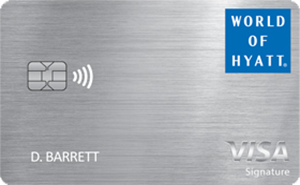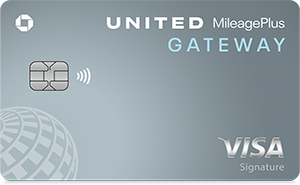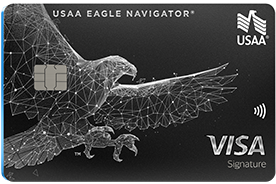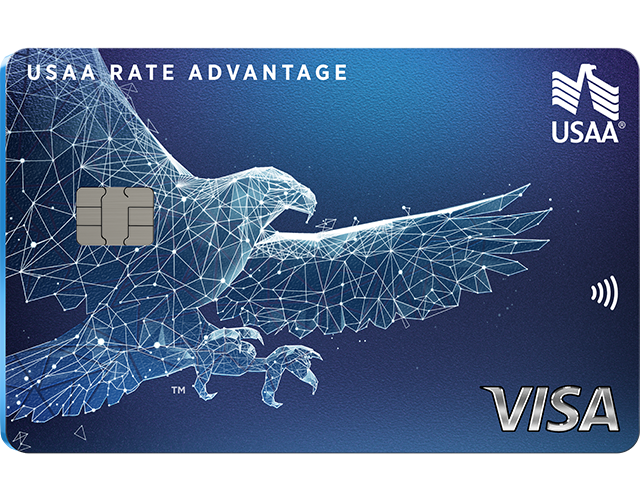Is the Quicksilver Card Worth It?

The Capital One Quicksilver Cash Rewards Credit Card is a straightforward cash-back card. It makes its case on simplicity and a thought-free, no-frills rewards structure. There are no rotating categories or bonus categories to keep track of, and it pays you back for every purchase you make. However, the same could be said about several other free cards that pay even more cash back.
Ultimately, it’s a solid cash-back card that requires no planning or strategizing and you’ll never have to pay an annual fee.

400+ Credit Cards
Analyzed independently across 50+ data points in 30+ product categories

Reviewed
By a team of credit card experts with an average of 9+ years of experience

Trusted by
More than one million monthly readers seeking unbiased credit card guidance
CardCritics™ editorial team is dedicated to providing unbiased credit card reviews, advice and comprehensive comparisons. Our team of credit card experts uses rigorous data-driven methodologies to evaluate every card feature, fee structure and rewards program. In most instances, our experts are longtime members or holders of the very programs and cards they review, so they have firsthand experience maximizing them. We maintain complete editorial independence — our ratings and recommendations are never influenced by advertiser relationships or affiliate partnerships. You can learn more about our editorial standards, transparent review process and how we make money to understand how we help you make informed financial decisions.
Quicksilver Card Benefits
Capital One Quicksilver is a flat-rate cash-back card that pays 1.5% on all daily purchases. It has no annual fee and no limit to how much cash back you can earn. Rewards never expire for the life of the account.
Quicksilver also pays a $200 welcome bonus. Earn a one-time $200 cash bonus after you spend $500 on purchases within 3 months from account opening.
Capital One makes it easy to convert rewards to cash with several flexible redemption options.
- Redeem rewards for cash as a statement credit or request a check
- Use cash back to cover recent purchases
- Convert your rewards to gift cards
- Use rewards to shop at Amazon or check out with PayPal
- Pay for purchases on the Capital One Dining, Entertainment or Travel portals
Quicksilver has a simple, easy rewards structure that pays a decent cash-back rate — but qualified applicants might be able to do better elsewhere.
For example, Wells Fargo Active Cash® Card and Citi Double Cash® Card (an advertising partner) — which have similar application standards and require similar creditworthiness — both pay unlimited 2% flat-rate cash back for all daily purchases. Like Quicksilver, their rewards never expire and neither charges an annual fee.
Quicksilver Card as a Balance Transfer Card
The Quicksilver Card also makes a compelling case as a balance transfer card thanks to a generous 0% intro on balance transfers for 15 months. That means you can use it to park high-interest balances for more than a year or to finance large purchases interest-free for the same period.
After the 15-month introductory term ends, the rate reverts to the standard 18.74% - 28.74% (Variable) APR, depending on creditworthiness. Capital One charges an introductory balance transfer fee of 3% for the first 15 months. After that, it increases to 4% after that — but even that higher rate is lower than the 5% that many cards charge.
Other Benefits
Cardholders also enjoy access to the Capital One Travel portal. The portal pays you unlimited 5% cash back on rental cars and hotels booked through Capital One.
The card also offers perks typically associated with fee-based cards, including:
- 24/7 concierge service
- Extended warranties
- Travel insurance
Pros and Cons
The Quicksilver Card earns an impressive 4.6-star rating on CapitalOne.com from existing cardholders after nearly 6,500 reviews. Ninety-one percent of reviewers would recommend the card to someone else.
However, like every card on the market, there are drawbacks and benefits to consider.
Pros
- Generous welcome bonus
- Simple, no-frills reward structure with no rotating categories
- No foreign transaction fees
- Flexible redemption options
- Access to Capital One Travel, concierge service and other perks
Cons
- Some $0 annual fee competitors beat the card’s 1.5% cash-back rate by 0.5%
- No bonus spending categories
Who Is the Capital One Quicksilver Card Right For?
The Quicksilver Card could be right for you if:
- You want to earn cash back on every purchase without planning, strategizing or keeping up with complicated category rotations.
- You want to collect a $200 welcome bonus without spending much to earn it.
- You want to transfer a high-interest balance or finance a large purchase.
- You’re an infrequent traveler who plans to book through Capital One.
Is the Quicksilver Card Worth It?
Since the Quicksilver Card doesn’t charge an annual fee, cardholders can enjoy a range of benefits for free. The card delivers 1.5% cash back on all purchases. Even if they don’t use it often, you can keep the card active with infrequent minor purchases and use their line of credit to increase their credit utilization ratio.
For Capital One products listed on this page, some of the benefits may be provided by Visa® or Mastercard® and may vary by product. See the respective Guide to Benefits for details, as terms and exclusions apply.
Frequently Asked Questions
The answers to the following frequently asked questions can help you decide if the Capital One Quicksilver Cash Rewards Credit Card is the right choice for your wallet.
Does the Quicksilver Card have annual fees?
No, the Quicksilver Card does not charge an annual fee.
Is it worth getting a Quicksilver Card?
The Quicksilver Card might be worth it for anyone who values simplicity and wants to earn cash-back rewards with every purchase they make without keeping up with confusing rotating or bonus spending categories.
How do I get rid of the Capital One annual fee?
Capital One might consider waiving fees for cardholders who demonstrate hardship or active duty military personnel and their families who open an account before they deploy. However, Capital One does not charge a fee for the Quicksilver card and cardholders can own it for free for as long as the account remains open.
What is the difference between the Quicksilver Card and the QuicksilverOne Card?
The Quicksilver Card and the QuicksilverOne Card are similar in that neither charges a foreign transaction fee and both pay unlimited 1.5% cash back on all purchases. However, the QuicksilverOne Card is designed for applicants with fair credit, as opposed to the Quicksilver Card, which requires good to excellent credit. Unlike Quicksilver, QuicksilverOne charges an annual fee of $39 and, does not pay a welcome bonus and doesn’t offer an introductory APR or secondary benefits like concierge services, warranty protection and roadside assistance.












